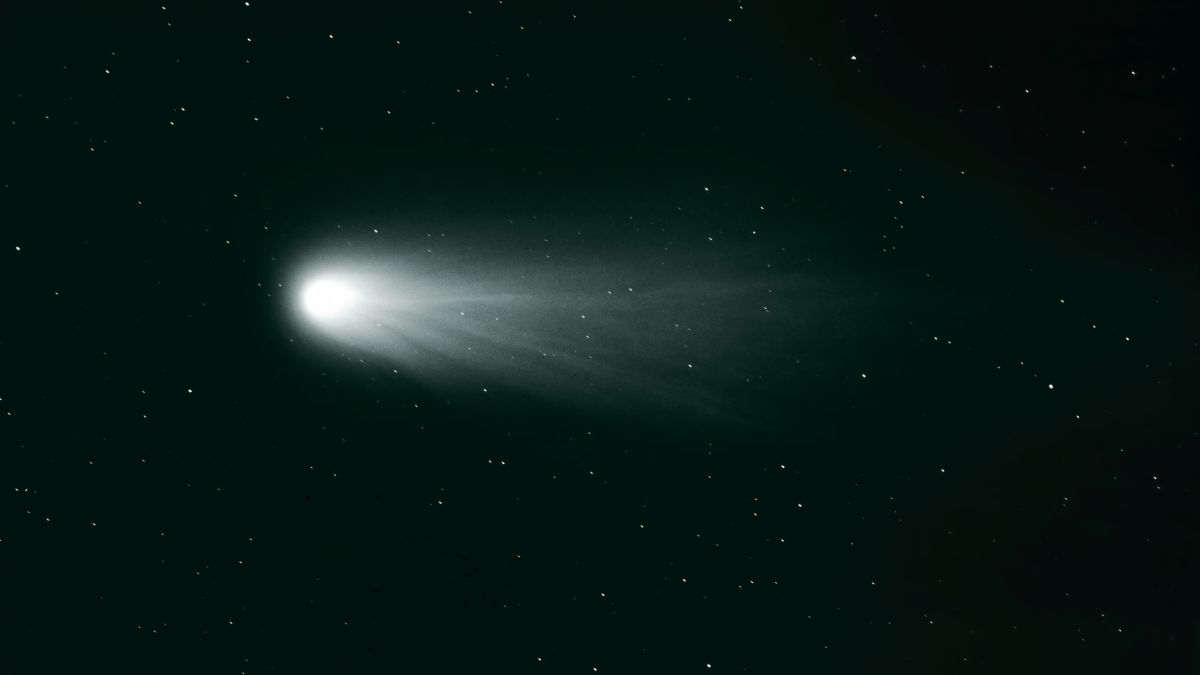If you were hoping to see some fireballs in the sky this summer, this might be the best time and place to do it.
The Perseid meteor shower, one of the biggest and best meteor showers on the calendar, is back and ready to put on a show. While the meteor shower officially takes place between July 14 and Sept. 1 every year, it typically peaks between Aug. 9 and 13, when stargazers under dark skies can see 60-100 meteors per hour.
That’s no issue in Oregon, which is home to some of the darkest skies in the country. Our state is home to several officially designated Dark Sky Places, including Dark Sky Parks, Dark Sky Communities and Dark Sky Sanctuaries, which are determined by DarkSky International, an organization that says it is dedicated to protecting the nighttime environment and preserving dark skies through environmentally responsible outdoor lighting.
A recent trending study by travel insurance comparison website InsureMyTrip ranked 50 U.S. destinations deemed good for “astro adventurers” ahead of the Perseids peak, and wound up with a top five that included three spots in Oregon: Cottonwood Canyon State Park, the town of Antelope and the Oregon Caves National Monument and Preserve.
Those are all great spots to catch the Perseids, or any of the other astronomical events that take place throughout the year.
While the Perseid meteor shower is typically considered Oregon’s best chance at seeing fireballs (a bigger event, the Geminid meteor shower, takes place in cloudy December), this year’s show won’t be quite as spectacular as usual.
That’s because of the moon, which will not only be waning gibbous (meaning it will have just been full) but also will be up all night, brightening the sky and drowning out views of some of the meteors.
But Jim Todd, space science director for the Oregon Museum of Science and Industry, said in a recent newsletter that while the moon will certainly hinder viewing, “the Perseids are known for their brightness, so some meteors, especially fireballs, should still be visible.”
Todd said the meteor shower’s broad window offers stargazers more chances to see the show on dates outside the peak. Those who want the darkest skies can try to catch the tail end of the shower under a new moon Aug. 22.
Watching a meteor shower is easy, Todd said, and doesn’t require any special equipment or even binoculars. “Choose an observing location that gives a wide view of the sky with as few obstructions as possible,” he said. “If you’re viewing from the city, try to observe where artificial lights obstruct the least.”
If you purchase a product or register for an account through a link on our site, we may receive compensation. By using this site, you consent to our User Agreement and agree that your clicks, interactions, and personal information may be collected, recorded, and/or stored by us and social media and other third-party partners in accordance with our Privacy Policy.
Source link

